
In today's rapidly evolving digital landscape, the demand for high-quality online education has never been greater. As educators and course creators strive to meet this demand, it is crucial to understand the art of creating engaging and captivating online courses.
This article will unveil the top 10 best practices for designing courses that inspire and empower learners. By following these guidelines, educators can unlock the true potential of online education, fostering a dynamic and interactive learning experience that promotes knowledge acquisition and personal growth.
Establish Clear Learning Objectives
By clearly articulating the desired outcomes, instructors can effectively guide their students towards success in achieving the established learning objectives.
Clear learning objectives serve as the foundation for designing captivating online courses. These objectives provide a roadmap for both instructors and students, ensuring that everyone is working towards a common goal.
When learning objectives are well-defined, students have a clear understanding of what is expected of them and can track their progress throughout the course. Moreover, clear learning objectives enable instructors to create measurable outcomes, allowing for accurate assessment and feedback.
This enhances the learning experience by providing students with a sense of achievement and motivation. By incorporating clear learning objectives and measurable outcomes into online courses, instructors can create a structured and engaging learning environment that promotes student success.
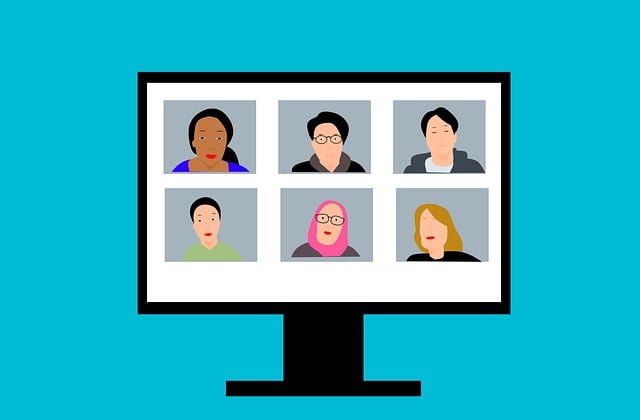
Design Engaging Multimedia Content
How can instructional designers effectively use multimedia elements to create engaging online content for learners?
In today's digital age, incorporating multimedia engagement is crucial for creating captivating online courses. Instructional designers can utilize various multimedia elements such as videos, animations, graphics, and interactive presentations to enhance the learning experience.
By incorporating multimedia, learners can engage with the content on multiple sensory levels, making it more memorable and impactful. Videos and animations can bring complex concepts to life, while graphics and interactive presentations can provide visual representations and allow learners to actively participate in their learning.
Additionally, instructional designers can use multimedia elements to create interactive assessments and simulations, providing learners with opportunities to apply their knowledge in real-life scenarios.
Ultimately, by effectively utilizing multimedia elements, instructional designers can create engaging online content that promotes active learning and enhances the overall learning experience for learners.
Foster Interactive Learning Experiences
Instructional designers can foster interactive learning experiences through the integration of collaborative activities, allowing learners to engage with their peers and actively participate in the knowledge acquisition process. This approach enhances the learning environment and promotes deeper understanding of the subject matter.
To create a truly engaging and interactive learning experience, instructional designers can incorporate the following strategies:
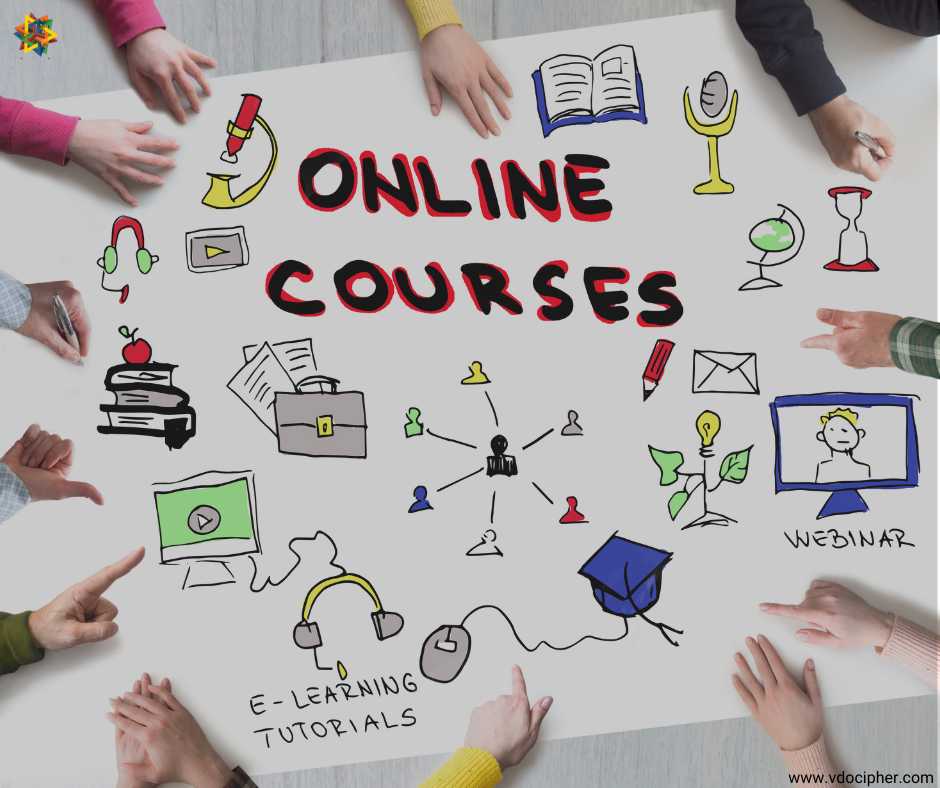
Encourage interactive discussions: Provide platforms for learners to engage in discussions, share ideas, and ask questions. This promotes active learning and encourages critical thinking.
Utilize virtual simulations: Virtual simulations provide learners with a realistic and immersive learning experience. They can simulate real-world scenarios and allow learners to apply their knowledge in a safe environment.
Incorporate group projects: Assigning group projects encourages collaboration and teamwork. Learners can work together to solve problems, share knowledge, and learn from each other.
Implement Effective Assessment Strategies
Effective assessment strategies, such as formative and summative assessments, can provide valuable insights into learners' progress and help educators make informed instructional decisions. In the realm of online education, assessment is crucial in gauging students' understanding and ensuring they are meeting the desired learning outcomes.
Online quizzes have emerged as a popular method for assessing students' knowledge and comprehension in a virtual environment. These quizzes can be designed to test specific concepts, provide immediate feedback, and promote active learning. Furthermore, online quizzes offer the flexibility of being easily accessible and time-efficient, allowing students to engage in self-paced learning.
Educators can also use data from online quizzes to identify areas of improvement and tailor their instruction accordingly. By implementing effective assessment strategies, educators can create a dynamic and engaging learning experience for their online students.
Creating a collaborative online community requires fostering an inclusive environment where both learners and educators actively participate and contribute. To cultivate a sense of collaboration and teamwork, here are three key strategies to consider:

- Encourage open communication:
- Provide clear guidelines on how learners and educators can engage with each other.
- Foster a safe and respectful space for discussions and idea-sharing.
- Utilize various communication tools, such as discussion forums or video conferences, to facilitate virtual interactions.
- Promote active participation:
- Design activities that require learners to collaborate and work together towards a common goal.
- Assign group projects or virtual team assignments to encourage shared responsibility.
- Provide opportunities for learners to give feedback and contribute their unique perspectives.
- Foster a sense of community:
- Establish a sense of belonging by creating virtual spaces for learners to connect and socialize.
- Organize virtual events or webinars where learners and educators can interact in real-time.
- Recognize and celebrate achievements and contributions within the online community.
Provide Timely and Constructive Feedback
In order to enhance student growth and learning, instructors must prioritize the delivery of timely and constructive feedback on assignments and assessments. Timely feedback allows students to understand their strengths and weaknesses promptly, enabling them to make necessary adjustments and improvements. Constructive feedback provides specific guidance on areas for improvement, empowering students to develop their skills and knowledge. By providing timely and constructive feedback, instructors create a supportive learning environment that fosters student success.
When feedback is given in a timely manner, students can immediately apply the feedback to their work, reinforcing their understanding and allowing them to make necessary revisions. This ensures that students are continuously engaged in the learning process and can make progress towards their goals.
Constructive feedback is essential for student growth as it highlights areas that need improvement while offering suggestions for enhancement. It helps students develop a growth mindset, encouraging them to view mistakes as opportunities for learning and improvement. Constructive feedback also builds self-confidence and motivation, as students see their progress and understand that their efforts are valued.
Personalize the Learning Experience
To maximize student engagement and achievement, educators should tailor instructional content and strategies to personalize the learning experience. By incorporating personalized feedback and adaptive learning techniques, educators can create an environment that caters to each student's unique needs and learning style. This approach allows students to take ownership of their learning and empowers them to reach their full potential.
Personalized feedback: Providing individualized feedback allows students to understand their strengths and areas for improvement. It helps them track their progress and make necessary adjustments to their learning strategies.
Adaptive learning: Adaptive learning technologies and platforms use data and analytics to customize the learning experience for each student. It adapts to their pace, level of understanding, and preferred learning modalities, ensuring that they receive content and activities that are challenging yet achievable.
Differentiated instruction: Tailoring instruction to meet the diverse needs of students is essential for personalized learning. Educators can incorporate various teaching methods, materials, and assessments to accommodate different learning styles and abilities. This approach fosters inclusivity and supports individual student growth.
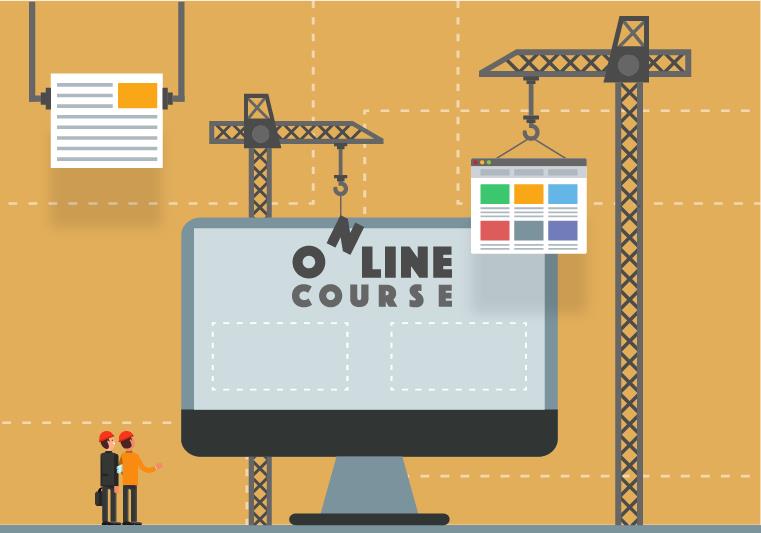
Optimize Course Navigation and Organization
By streamlining course navigation and ensuring clear organization, educators can enhance the learning experience and facilitate easy access to content and resources for students.
A well-designed course structure with a user-friendly interface is crucial in online education. Students should be able to navigate through the course materials effortlessly, find what they need quickly, and engage with the content effectively.
To achieve this, educators should consider implementing a logical and intuitive organization system, such as grouping related topics together and providing clear labels and headings.
Additionally, the use of visual aids and interactive elements can further enhance the learning experience and make the course more engaging for students.
To create a truly captivating online course, it is essential to promote active learning and critical thinking skills among students.
Engaging course activities and assignments can encourage students to actively participate in their own learning process.
Additionally, fostering analytical thought through discussions, case studies, and real-life examples can help students develop their critical thinking abilities, enabling them to analyze and evaluate information effectively.

Engaging Course Activities
The course designer incorporated interactive quizzes and group discussions, fostering a dynamic learning environment that encourages active participation and critical thinking among the students. This approach allows students to engage with the course material in a hands-on manner, deepening their understanding and retention.
The hands-on simulations provide practical experience and real-world application, enabling students to put theory into practice. Interactive discussions create opportunities for students to share their thoughts, perspectives, and insights, promoting a collaborative learning experience. Moreover, these discussions encourage students to think critically, analyze different viewpoints, and formulate well-reasoned arguments.
Encouraging Student Participation
Incorporating interactive discussions and challenging assignments, educators can foster student participation and cultivate critical thinking skills. Encouraging student engagement is crucial in creating an effective learning environment. By implementing various strategies, educators can increase participation and create a dynamic classroom experience.
One way to encourage student participation is to create a safe and inclusive learning environment. By fostering a sense of belonging and making students feel valued, they are more likely to actively engage in discussions and activities. Additionally, using technology tools such as online forums, chat rooms, and collaborative platforms can provide opportunities for students to interact with their peers and share their thoughts and ideas.
Another effective strategy is to provide students with meaningful and relevant assignments. By giving them tasks that require critical thinking and problem-solving skills, educators can challenge their students and encourage active participation. Moreover, incorporating real-world examples and case studies in the curriculum can enhance student engagement by demonstrating the practical application of the knowledge they are acquiring.
Fostering Analytical Thought
Promoting active learning and critical thinking skills, educators can foster students' analytical thought through engaging activities and thought-provoking discussions. By incorporating these strategies, educators can promote creativity and enhance problem-solving abilities in their students.
To foster analytical thought effectively, educators can:
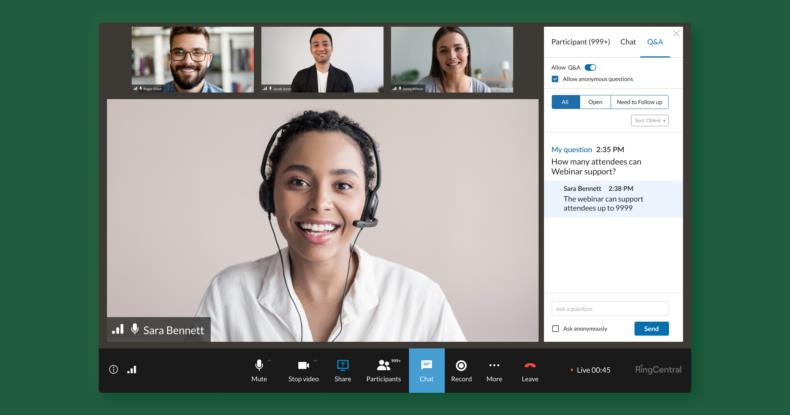
- Encourage students to explore multiple perspectives by presenting them with real-life scenarios or case studies.
- Engage students in debates and discussions that require them to analyze and evaluate different arguments and viewpoints.
- Provide opportunities for students to apply critical thinking skills by solving complex problems or engaging in hands-on activities.
By promoting creativity, educators can encourage students to think outside the box, explore innovative solutions, and challenge existing norms. This can be achieved by:
- Incorporating creative projects and assignments that allow students to express their ideas in unique ways.
- Encouraging brainstorming sessions and idea generation activities to stimulate creative thinking.
- Providing a supportive environment where students feel free to take risks and explore their creativity without fear of judgment.
By enhancing problem-solving skills, educators can empower students to tackle real-world challenges. This can be done by:
- Presenting students with authentic problems that require them to analyze, strategize, and find solutions.
- Encouraging collaborative problem-solving activities that promote teamwork and effective communication.
- Providing opportunities for students to reflect on their problem-solving processes and identify areas for improvement.
Continuously Evaluate and Improve Course Design
To enhance the educational experience, it is crucial for instructors to regularly assess and enhance their course designs through a systematic process of evaluating and refining.
This process involves evaluating student progress and gathering student feedback to identify areas of improvement and make necessary adjustments.
By evaluating student progress, instructors can gain insights into their students' understanding of the material and identify any knowledge gaps or areas that need more focus.
Gathering student feedback allows instructors to understand the students' perspective, their learning preferences, and any challenges they may be facing.
This information can then be used to refine the course design, making it more effective and engaging for the students.
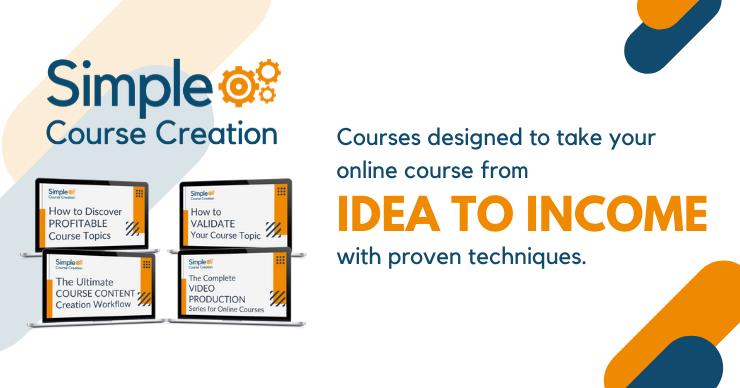
Frequently Asked Questions
How Can Online Educators Ensure That Students Are Actively Participating in the Learning Process?
Encouraging engagement and fostering interaction in online education is crucial for ensuring active student participation. By implementing various interactive elements, such as discussion boards, live video sessions, and collaborative projects, educators can create a dynamic learning environment that motivates students to engage deeply with the material.
What Methods Can Be Used to Personalize the Learning Experience for Each Student?
To personalize the learning experience, online educators can utilize individualized feedback and adaptive learning methods. These approaches allow for tailored instruction, ensuring that each student receives the necessary support and guidance to succeed in their online education journey.
Creating a collaborative online community among students is crucial for building connections and fostering engagement. Online educators can achieve this by implementing discussion forums, group projects, and interactive activities that encourage active participation and collaboration.
Promoting problem solving and fostering analytical thinking in online courses can be achieved through various strategies such as engaging students in case studies, incorporating real-world examples, providing opportunities for reflection and discussion, and utilizing interactive learning activities.
How Can Online Educators Continuously Evaluate and Improve Their Course Design?
Continuous feedback and course redesign are essential for online educators to evaluate and improve their course design. By seeking input from students, analyzing data, and staying updated on industry trends, educators can make informed decisions to enhance the learning experience.
 Network marketingWork from home jobsEntrepreneurshipAffiliate marketingFinancial freedomPrivacy PolicyTerms And Conditions
Network marketingWork from home jobsEntrepreneurshipAffiliate marketingFinancial freedomPrivacy PolicyTerms And Conditions
